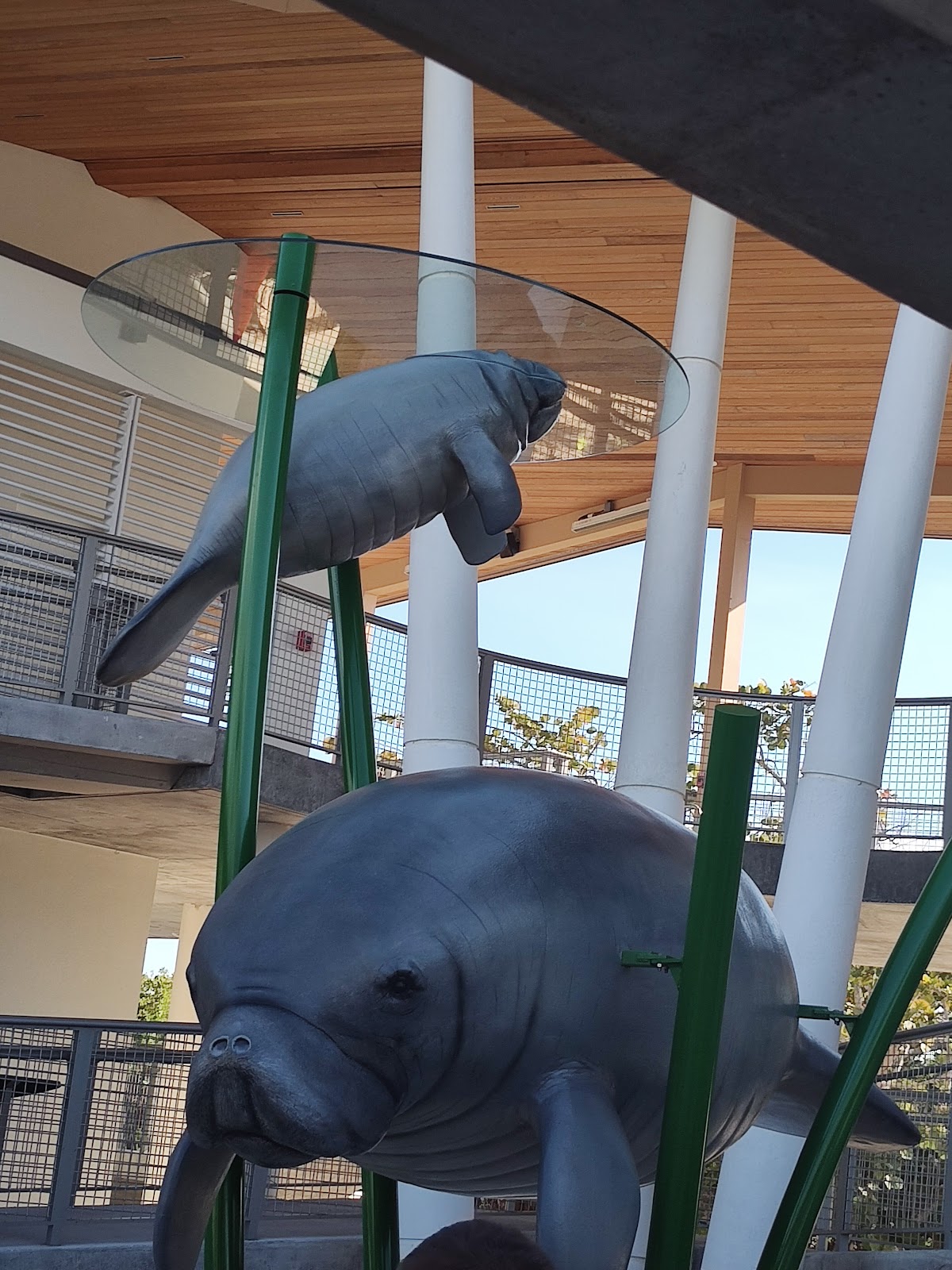Lover's Key State Park Journal
This time around we took a trip to Lovers Key, and we were asked to take note of the environment and its wildlife and how this relates to what we have learned in class. We as humans have for years taken more and more of the territory that once belonged to the wild animals, and for a time this did not seem like something to truly worry about. However, after we began to see the toll, we were taking on our surroundings and how the animals have been suffering is when we began to act. Of course, there has been a lot of information about global warming being given to the public, but we do not show the other effects of our carelessness.
Although there are many routes we can take, one such route that was present in our trip was conserving natural habitats, which was done with the coastal ecosystem. This land is home to a number of species each with their own importance within their ecosystem. If one species were to fall there would be significant changes to the ecosystem which is why so much is done in order to protect these species, this is supported by the text as "habitat destruction is the most significant driver of ecosystem damage, biodiversity loss, and species extinction and comes about because of a variety of human activities."
During our class we also spoke about water and how aquifers are found throughout Florida and the world. Without these there would be a much larger struggle for water and as of now we have been taking more out of them than they are able to put back. Although it seems minor there could come a day where this water will not be present as we continue taking from a slow refilling source. Of course, we need to learn to cut down on our water consumption and during class we also saw what water footprint we all held. Although mine was below the U.S. average this does not mean there is no room for improvement. This can also be extended into the state and government; they are also capable of changing things in order to assist in water conservation, and the Lovers Key state park is one such example.
The wetlands in the park act as filters for the water that will enter the reservoirs, preventing pollutants and an excess of nutrients from entering them, "wetlands work as natural sponges, holding back surface runoff, producing an even baseflow in streams year-round, and allowing time for water to infiltrate back into aquifers." The park's estuaries maintain water quality and the aquatic environment alongside the wetlands. There is also the plus that they act as a shield for storm surges and floods that are rather prominent in Florida during hurricane season.
Paniagua, Ricardo. (Ex. 1) Lovers Key manatee statue, 15 Feb.
Paniagua, Ricardo. (Ex. 2) Lovers Key Black Island Trail, 15 Feb.
Paniagua, Ricardo. (Ex. 3) Lovers Key estuary, 15 Feb.
Robertson, Margaret. Sustainability Principles and Practice, Taylor & Francis Group, 2021. ProQuest eBook Central, https://ebookcentral.proquest.com/lib/fgcu/detail.action?docID=6457832.




Comments
Post a Comment